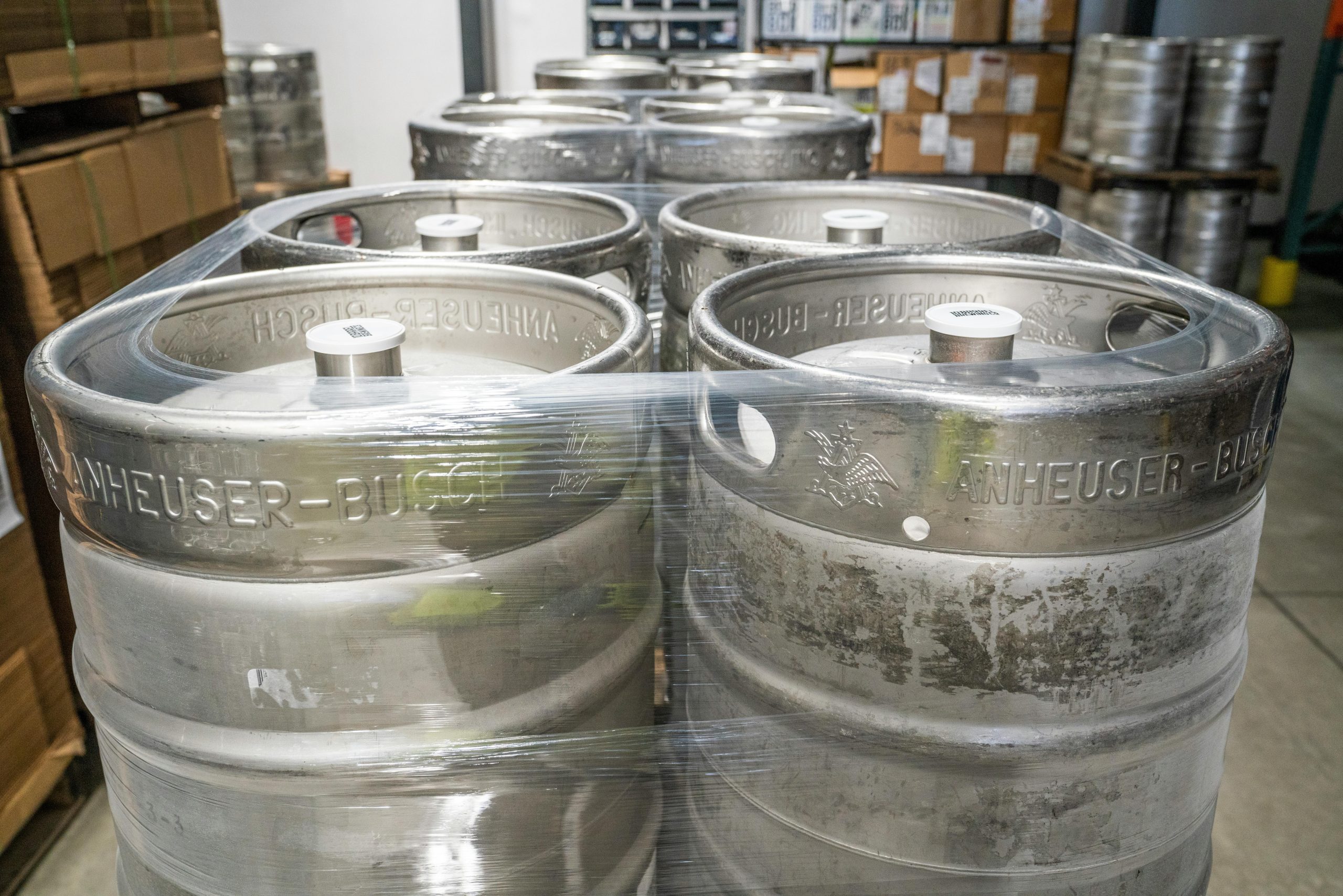Proper gas cylinder storage saves lives and prevents costly accidents. Understanding official standards on ventilation, separation, and secure enclosures ensures safe handling and legal compliance. Adhering to these guidelines protects both people and property, reducing fire risks and exposure to hazardous gases. This knowledge empowers you to create a safe environment whether storing a few cylinders or managing large quantities.
Authoritative Safety Standards and Legal Compliance for Gas Cylinder Storage
When considering gas cylinder storage, official guidelines from OSHA, NFPA, ISO, and HSE specify strict requirements to minimize risks and ensure compliance. Distinct rules address separation distances: flammable, toxic, and oxidizer cylinders must be at least 3 meters apart, or divided by a fire-resistant barrier, while inert gases may be stored closer together. Outdoor storage should allow at least 4.5 meters of clearance from vegetation and combustibles, combined with robust physical protections. Cylinders must never be stored under cranes, near elevators, or in areas exposed to heat exceeding 125°F.
Additional reading : Understanding vitreous carbon: properties and applications
Labelling, signage, and cylinder security are compulsory. Approved cages, cabinets, or enclosures are required for public-access areas. Safety notices must be displayed clearly, and the area kept free of obstructions and rubbish. Smoking or open flames are strictly forbidden near flammable and oxygen cylinders, with enforced no-smoking zones extending 6 meters.
Compliance checklists reflect evolving standards, such as mandatory training on handling and emergency response, containment area drainage, and routine cylinder inspections. Legal codes emphasize risk assessment, secure placement, and detailed documentation to uphold occupational health and safety for all compressed gas operations.
Also read : Effortless email checking: validate your addresses today!
Core Storage Practices and Environmental Specifications
Safe gas cylinder handling starts with choosing the optimal storage setting outdoor areas are preferred, offering natural ventilation and reducing vapor buildup. Where gas cylinder storage area design restricts this, indoor zones must meet robust ventilation requirements for gas storage using openings or dedicated extraction systems. These reduce risks associated with confined atmospheres and accumulation of hazardous vapors.
Securing cylinders is vital. Secure gas cylinder placement demands upright positioning with valves accessible and protected. Limit cylinder stacking; observe gas cylinder stacking height limits and avoid creating unstable stacks that may topple. Surfaces must be robust—gas cylinder storage area flooring should be level, impervious, and capable of containing spills.
Temperature management cannot be overlooked: gas cylinder storage temperature control means avoiding areas prone to extreme heat or direct sunlight. For safety, flammable and oxidizing gases require separation by set distances or fire-resistant barriers.
For security, gas cylinder storage area security measures—such as lockable enclosures, anti-tamper hinges, and robust fencing—help deter unauthorized access and protect against external impacts or theft. Ensuring these standards consistently safeguards people, property, and compliance throughout 2025.
Segregation, Hazard Prevention, and Safe Handling Protocols
Gas cylinder hazard identification is a priority in industrial storage areas. The safest methods for segregation use non-combustible barriers at least 1.5 meters high with a three-minute fire rating to separate incompatible materials with gas cylinders—flammable, toxic, and oxygen cylinders require at least 3 meters’ distance unless a barrier is present. Inert gases can be stored in proximity due to their compatibility, but rigorous flammable gas cylinder separation distances must be maintained between flammable and oxidizing materials.
Flammable gas storage precautions focus on eliminating ignition sources. This includes banning smoking or open flames within a six-meter radius and maintaining a minimum 4.5 meters from dry vegetation or combustibles. Secure gas cylinder placement is enforced by using cages, tethering, or other anchoring systems. Gas cylinder tethering and securing prevents cylinders from tipping or rolling, even during minor seismic events or accidental impacts.
Routine inspections rely on recognized cylinder leak detection methods—including soapy water tests for fittings and electronic gas detectors near storage and handling areas. Prompt adherence to gas cylinder accident reporting procedures and annual review of incident records form a key part of ongoing risk minimization.
Labeling is non-negotiable; gas cylinder labeling safety requirements demand clear, durable identification of contents and hazard class to prevent accidental mixing of incompatible materials with gas cylinders.
Emergency Preparedness, Compliance Tools, and Personnel Training
Gas cylinder emergency preparedness requires tailored emergency response for gas leaks and possible fires. Immediate actions include shutting off valves, safe evacuation, and using suitable fire extinguisher types for gas areas. Comprehensive industrial gas leak emergency plans, featuring correct use of personal protective equipment for gas handling, prevent escalation and protect responders.
A structured gas cylinder inspection checklist and regular gas cylinder safety audits are necessary to secure early detection of hazards. Ongoing audits check that secure gas cylinder placement, ventilation requirements for gas storage, cylinder valve safety practices, and effective gas cylinder leak prevention techniques are maintained. Proper documentation—including compressed gas safety data sheets—supports compliance.
All personnel must complete workplace gas safety training that covers compressed gas safety protocols, gas cylinder fire prevention measures, and storage OSHA guidelines. Training on gas cylinder maintenance best practices and storage improvement strategies helps minimize risks linked to improper stacking and incompatible material proximity. Scheduled compressed gas cylinder storage training empowers teams to recognize risks, enabling swift, safe action if an incident occurs.



